Introduction

The original Leica 50mm 2.0 Elcan has been produced for the American army together with the KE-7A camera. According to the information I found, only 500 have been made, therefore a set of lens and camera will set you back around $30,000 these days.
Obviously this is purely a collector’s price, that has nothing to do with this lens’ value for actual photography.
Now if you want to use this lens without spending 30k, Light Lens Lab has you covered, as they offer a replica for $800. This is what we will have a look at in this review.
This lens will be reviewed on the 42mp Sony A7rII and the 24mp Leica M10.
Sample Images


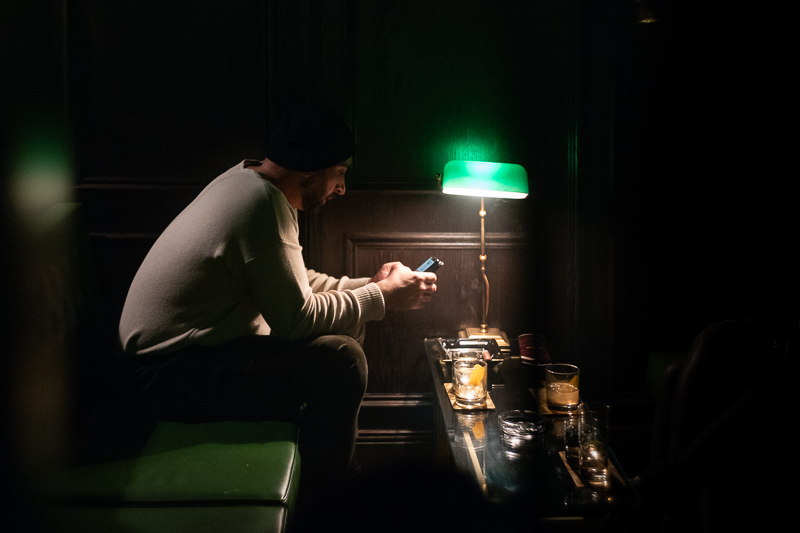


Most of the sample images in this review can be found in full resolution here.
Contents
Specifications
This Light Lens Lab 50mm 2.0 Elcan has the following specifications:
-
- Diameter: 52 mm
- Field of view: 46.8° (diagonally)
- Length: 29 mm
- Weight: 227g (no hood, no caps)
- Filter Diameter: E39
- Number of Aperture Blades: 10 (straight)
- Elements/Groups: 4/4
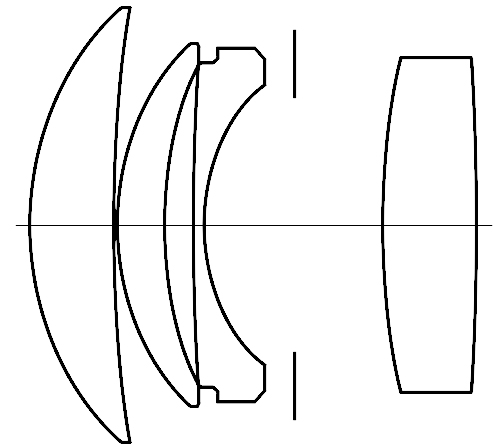
- Close Focusing Distance: 0.7 m
- Maximum Magnification: 1:11.3 (measured)
- Mount: Leica-M
You can order this lens from the official homepage as well as ebay.com (affiliate link) for ~$799
Disclosure
This Light Lens Lab 50mm 2.0 Elcan was kindly provided free of charge by the Light Lens Lab NA distributor for reviewing purpose for a duration of 4 weeks.
About Light Lens Lab
Rare and older lenses, especially small rangefinder lenses, have mostly become collector’s items with sometimes completely unjustified, ridiculous prices.
Light Lens Lab is bringing back some of these old, often exotic lenses (with long expired patents) and they do so without resorting to crowd funding and at somewhat affordable prices. They started with the “8 element” 35mm 2.0 Summicron followed by this 50mm 2.0 “Elcan” and afterwards came the 50mm 2.0 SP II. They are already working on several other interesting projects that you can check out here.
I generally like this business idea, as there is no way I am paying 5 figures for some old Leica or Zeiss lens and I don’t recommend you doing that either. Thanks to Light Lens Lab more people get the chance to use these lenses.
Handling / Build Quality

The review sample of the Light Lens Lab 50mm 2.0 SP II I previously reviewed already saw some signs of use when it arrived at my door step. This 50mm 2.0 Elcan on the other hand came right from the factory in perfect condition. I also think the general build quality is nicer than that of the SP II.
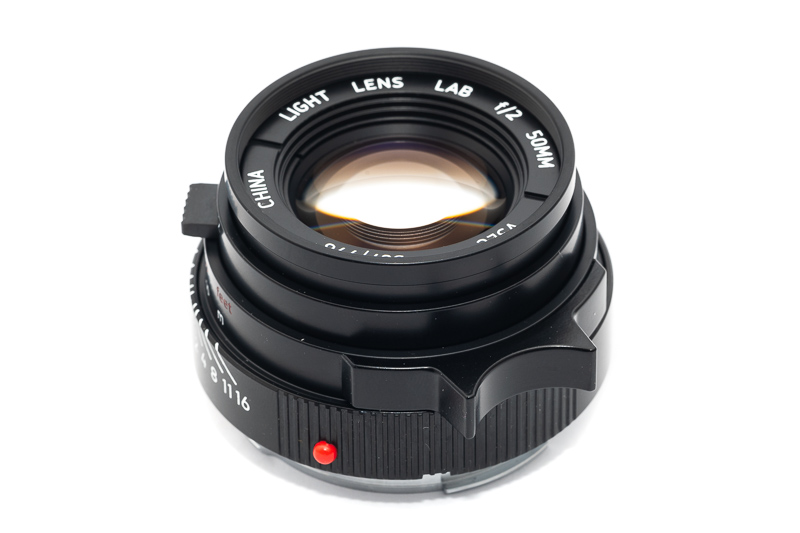
The focus ring has a nice, even resistance and turns almost 180° from the minimum focus distance of 0.7 m to infinity. The focus ring is equipped with a focus tab and otherwise not structured.
The lens came with a properly calibrated hard infinity stop and also at closer distances it was well calibrated.

The aperture ring has equidistantly spaced half-stop click-stops and features a tiny aperture tab. Using this tab is the only way to change the aperture, as nothing else on the aperture ring is structured. This design may take a bit getting used to, it certainly did for me.
The lens brings up the correct 50/75mm frameline set. This is a tiny 50mm lens, so there is no rangefinder blockage at all.
The review sample did not come with a lens hood. According to the Light Lens Lab shop only the special editions ship with a matching IROOA style hood.

This Light Lens Lab 50mm 2.0 Elcan is one of the smallest 50mm M-mount lenses I came across so far and significantly smaller than the Light Lens Lab 50mm 2.0 SP II.
I never had an original Leica 50mm 2.0 Elcan in my hands (and I probably never will) but from the pictures I have seen online this seems to be an extremely faithful recreation.

When using Sony E or Nikon Z mount cameras you can e.g. pair this lens with the TTArtisan 6-bit adapter to get EXIF data or with the Techart LM-EA9 adapter to get autofocus.
Vignetting
light falloff

| f/2.0 | 2.6 EV |
| f/2.8 | 1.9 EV |
| f/4.0 | 1.3 EV |
| f/5.6 | 1.1 EV |
| f/8.0 - f/16 | 1.0 EV |
The vignetting figures are very similar to the much bigger Light Lens Lab 50mm 2.0 SPII. Considering its small size I actually expected stronger vignetting.

It is recommended to have a look at this article first to get an idea how this brightness graph works.
optical vignetting
In the following comparison we move from the center (left) to the extreme corner (right) and see how the shape of the light circle changes.
The Elcan certainly does better in this category than the SP II. We do see some stronger outlining towards the corners though, which usually means busier bokeh rendering.
Sharpness
Focus shift
Now this was a bit of a negative surprise. The 50mm 2.0 Elcan shows strong focus shift, especially when stopping down from f/2.8 to f/4.0. If relying on the rangefinder to focus I would try to avoid the f/4.0 setting.
MTF-Graphs

At f/2.0 the MTF graphs promise high contrast and decent resolution in the center but a noticeable midzone dip and also worse corner performance. Stopped down most parts of the frame show a high performance, but the corners may still leave something to be desired.
infinity (42mp Sony A7rII, 24mp Leica M10)
At its maximum aperture the Elcan shows good performance in the center on the frame, but the same cannot be said about the midframe and corner regions. I also did not adjust the lens focus setting for focus shift here, which is why the center sometimes gets worse as you stop down.
On the Leica M10 for the midframe to show really good performance stopping down to f/8.0 to f/11 is needed. The extreme corners are usable at f/11, but not great.
On the Sony A7rII the situation is slightly worse.
I included a comparison between f/2.0 and f/11 – of the scenery as a whole – as well. You can see how everything but the center is really soft at the maximum aperture. Not something I would personally like for landscape/architecture pictures, yet something people might be interested in for portraiture or to generally give their pictures a bit of a vintage touch.
portrait distance 1.5 m (24mp Sony A7III and Leica M10)
For portraiture it isn’t so important how flat the field is, it is more interesting to see what the sharpness is like when focused at different parts of the frame to take field curvature out of the equation.

We will be looking at 100% crops from the 24mp Sony A7III and the Leica M10. Both cameras do not have an anti aliasing filter in front of the sensor.
Leica M10 <—> Sony A7III
I was positively surprised by this lens’ performance at portrait distances – also in the field. In the center things look great from f/2.0 and also the inner midframe looks good. Only the outer midframe leaves a bit to be desired at f/2.0.
For a tiny 50mm lens made from only 4 elements this is still a solid performance. Off center this lens also seems to work better on the Leica camera with its thinner sensor stack.
close 0.70 m, 1:11.6 (42mp A7rII)
A minimum focus distance of 0.7 m typical for a 50mm lens in the M-mount world, only very few focus closer.
The performance is typical for a rather simple design without floating elements: a bit soft at f/2.0, less soft at f/2.8, really good from f/4.0.
Flare resistance

Evaluating flare is a complex matter since you can get any lens to look bad if you push it hard enough and a slight change of scenario can affect results a lot.
Now vintage lenses rarely perform well in this category. As this is a replica of a vintage lens there is always the chance that the performance has been greatly improved, but already the Light Lens Lab 50mm 2.0 SP II didn’t perform great in this category, so I honestly don’t have huge expectations. But maybe I am wrong, so let’s have a closer look.
Sun inside the frame
With the sun inside the frame the performance is actually not bad.
You may catch some smaller artefacts here and there, but I often took pictures straight into the sun without any issues:

Sun outside the frame
With a strong light source outside the frame on the other hand, veiling flare can be a huge issue, especially at f/2.0:
Not only veiling flare, but also ghosts can be an issue:
In this situation I didn’t expect it, but I encountered a huge loss of contrast across the whole frame:

This Light Lens Lab 50mm 2.0 Elcan produces mostly warm, red artefacts which I heard some people like to incorporate in their portrait pictures: If you are among those, this lens might be worth a closer look.
Coma
100% crops from extreme corner, focused at infinity hard stop, Leica M10
A fast vintage design made of only 4 elements? That cannot be good news for Coma correction. As was already the case for the Light Lens Lab 50mm 2.0 SP II, Coma is really strong at f/2.0 and not only in the corners.
Stopping down helps, as we see okayish performance at f/4.0 and good performance from f/5.6.
Distortion

The Light Lens Lab 50mm 2.0 Elcan shows a low but not perfectly uniform amount of distortion. Over most of the frame there is none, but with straight lines close to the edges you can definitely see some.
Bokeh

At closer distances the rendering of this lens reminds me a lof of the Voigtländer VM 40mm 1.4 Nokton. The center is rendered in a very smooth way with evenly lit light circles. As we move towards the corners those circles are deformed and show strong outlining which will lead to busier bokeh.



I found this lens to work really well for head to half-body portraits. Contrast and resolution are best at these distances and the bokeh looks nice over most of the frame with a bit of a vintage touch in the corners.


If there are a lot of structured elements in the out of focus border and corner regions they can also end up looking very distracting though:

This isn’t really bokeh, but at f/2.0 at longer focus distances the border and corner regions are really soft, like in these examples:


I am actually not sure I came across another 50mm lens yet, with this huge difference between contrast and resolution in the center compared to the periphery. It also depends a lot on the scene how obvious this is. In the forest: very. In the city: not that much.
This is a very distinct look and I think many that are specifically looking for a “vintage look” might be very happy with the rendering of this lens.
Sunstars
In this category there is also a big difference visible between the Elcan and the SP II. The SP II uses 11 curved aperture blades whereas this Elcan uses 10 straight ones. This diaphragm construction leads to distinct sunstars, very similar to those of most Voigtländer lenses.
If you want to know more about sunstar rendering of different lenses have a look at this article.
Interestingly the sunstars at f/11 look a bit worse compared to those at most other aperture settings here.
Chromatic aberration
lateral
Leica M10 | Light Lens Lab 50mm 2.0 Elcan | f/11
Only some minor lateral CA are visible, easy to correct in post and nothing to worry about.
longitudinal
Leica M10 | Light Lens Lab 50mm 2.0 Elcan | 50% crops
Now this is very interesting. We only see very little yellowish bokeh fringing in the background yet stronger magenta fringing in the foreground at f/2.0. Stopped down to f/2.8 we have strong green fringing in the background and only very little magenta in the foreground. Maybe the reason for this is the rather simple design made of only 4 elements, maybe it is the focus shift.
Either way, the performance at f/2.0 is surprisingly good, as I don’t have any pictures taken at f/2.0 with obtrusive bokeh fringing to show here.
Leica M10 | Light Lens Lab 50mm 2.0 Elcan | 50% crops
When it comes to purple fringing I prepared this comparison, but it was a bit spoiled by some veiling flare issues. Either way, we see strong purple fringing at f/2.0 and still some at f/2.8.
Conclusion
First things first: I was not able to compare this Light Lens Lab replica to one of the original Leica lenses. And because those originals are so rare and pricy, I also doubt I ever will get my hands on one.
Let’s talk about where this lens initially comes from: it has been specifically designed for the US Army. I am sure there were certain design criteria they were interested in, e.g. a sturdy build, small size and probably also a low price. At the same time, I doubt things like “pleasing out of focus rendering” or “distinct sunstars” made the list.
That being said this lens does in fact feature a pretty distinct rendering due to its very high contrast and resolution in the center of the frame coupled with a strong falloff towards the corners. I am not really a fan of terms like “vintage rendering” – because different people will have different interpretations of that term – but in case of this Light Lens Lab 50mm 2.0 Elcan I think this is actually a very fitting description.
This might also be the smallest 50mm 2.0 M-mount lens (not counting collapsible lenses). When I unpacked it, I was honestly surprised by how small it actually is.
If this wasn’t obvious: the Elcan is still a bit of a niché lens. If you are looking for the “best bang for the buck”, this is certainly not it. This is a lens for those that are looking for a very small 50mm lens, that like its distinct rendering or that have always been intrigued by the Elcan without having been able to afford one.
I did enjoy using this lens more than I thought I would thanks to its very small size, surprisingly high performance in the central part of the frame and appealing “vintage” rendering for portraiture.
You can order this lens from the official homepage as well as ebay.com (affiliate link) for ~$799
Alternatives
Some people might be confused by Light Lens Lab offering two different 50mm 2.0 lenses and for a similar price even, but after having used both of them, I can assure you they are very different lenses.
The Light Lens Lab 50mm 2.0 SPII is a big lens considering its specifications and very soft at its maximum aperture. I definitely preferred shooting it at f/2.8 because of that.
This Light Lens Lab 50mm 2.0 Elcan on the other hand is probably the smallest 50mm 2.0 for M-mount. It also shows surprisingly high contrast and resolution in the central part of the frame from f/2.0. The edges and corners are very soft though – especially at longer focus distances.
So if you are torn between these two lenses it really depends on what you are looking for. Personally I preferred shooting with the Elcan.
You can also find reviews of many more 50mm M-mount lenses here.
Sample Images








Most of the sample images in this review can be found in full resolution here.
Further Reading
- M-mount lens reviews
- Analogue Adventures
- Lens aberrations explained
- Review: Voigtländer VM 40mm 1.4 Nokton
- Comparison: Super Fast 50mm M-mount lenses
Support Us
Did you find this article useful or just liked reading it? Treat us to a coffee!
![]()
![]()
![]() via Paypal
via Paypal
This site contains affiliate links. If you make a purchase using any of the links marked as affiliate links, I may receive a small commission at no additional cost to you. This helps support the creation of future content.
Latest posts by BastianK (see all)
- Review: Thypoch 21mm 1.4 Simera - July 12, 2025
- Review: SLRmagic 50mm 0.95 Hyperprime LM - July 5, 2025
- Full Resolution Pictures getting fixed - July 4, 2025











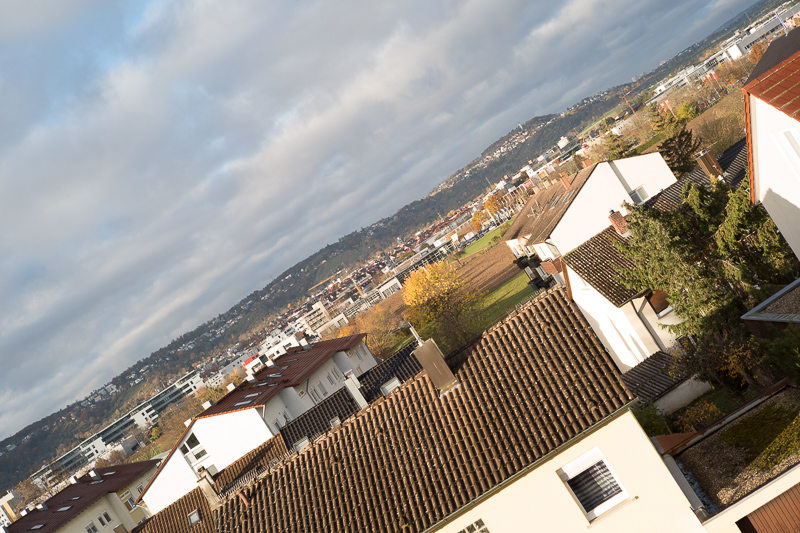










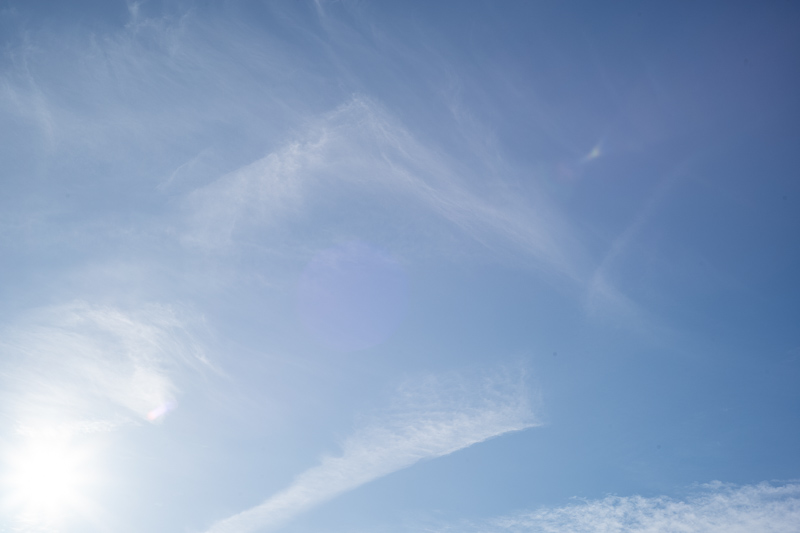

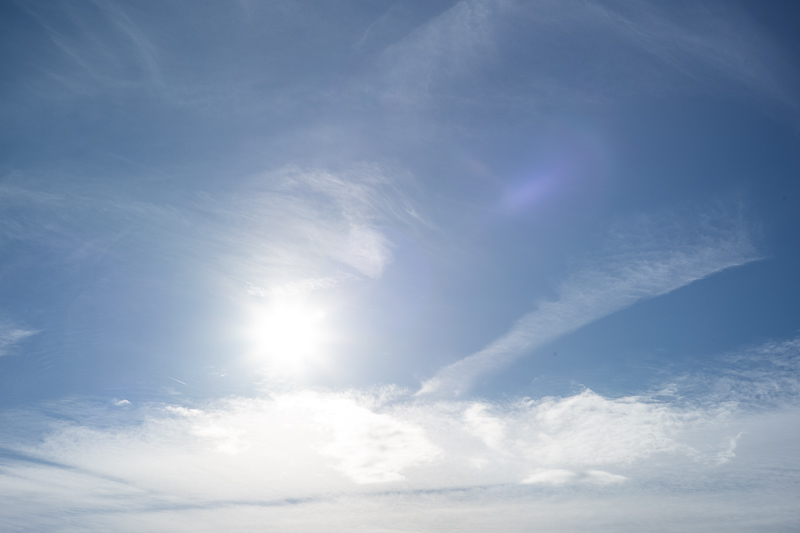

















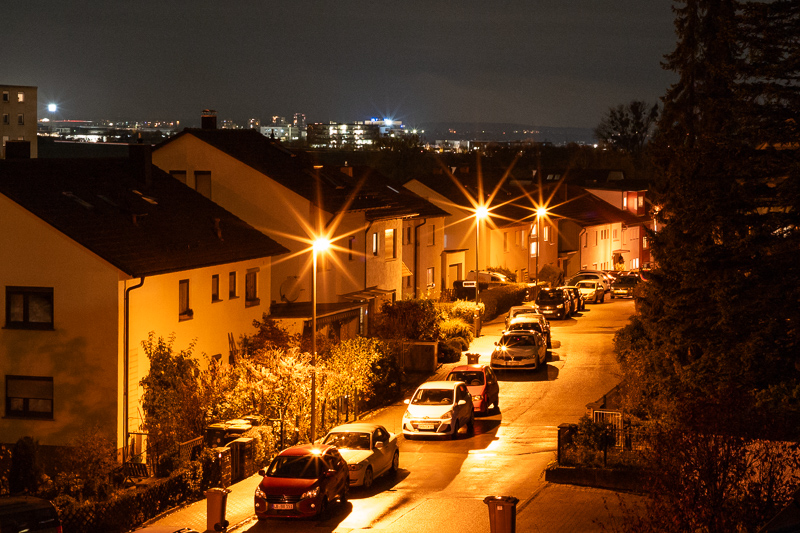




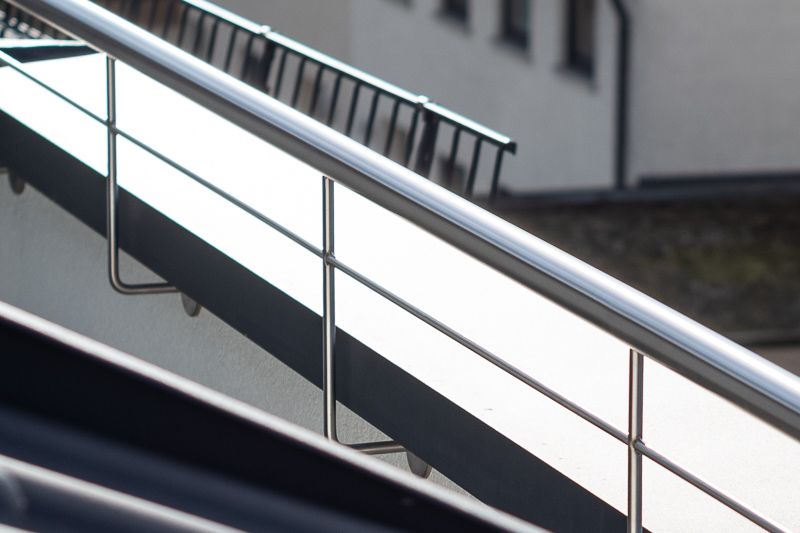



Your reviews always leave me with the feeling that, whatever the objective analysis of the lens may be, the photographer is still the most important ingredient in the brew. Whether or not the lens is of interest to me, I read every article just to revel in the beautiful photography. The quality of the lens hardly seems to matter.
Have this one, and have love hate relationship with it. Sometimes the blurry edge looks so nice. Other time I wish for a bit more resolution. Nice lens btw.
What would be the reason to buy this lens? There are so many great and much cheaper options out there. Thanks
You neither read the introduction nor the conclusion, did you?
This really cracked me up. 100% feel you there 😄👍
It’s really neat what this company is doing. I wonder if they would consider remaking lenses that have had a big following but have suffered from sample variation and decentering issues. It would be cool to be able to buy a Jupiter 9 or a Zeiss Jena Flektogon 35/2.4 (especially the latter) without having to worry about getting a “good copy”
Just buy older Jupiter 9, not the latest M42 ones, and it will be fine. With Flektogon I solved the decentering issue easily, by tightening the screws etc. Its not about bad samples, just age and lack of care sometimes.
I adjusted the screws and did exactly what all of the YouTube tutorials showed and it did not adequately correct the decentering. It seems that there is a lot of sample variation in terms of both performance and decentering and they are rather fragile too. Regarding performance, my copy had awful sharpness beyond 4 meters unless you stopped it down. this is a problem with some copies and not others. They are also going for like $500+ on eBay. It would be nice to be able to spend $600 or $700 on a mint copy that is made with tighter tolerances and much better build quality.
I know Lomography release in 2016 a new copy of the Jupiter 3 50mm 1.5.
For Jupiter-3 one can always think about ZM C Sonnar, they are like cousins — or maybe brothers from other mothers…
I will probably never own any of the lenses that you test, but I check this site often to look at the beautiful places that you go to, to photograph. Such nice work in my humble opinion. I can only aspire.
I use the LLL 50mm Elan as a taking lens with the Aivascope 1.5x anamorphic adapter. The sharp center and edge fall off plays well with the Anamorphic aesthetic.
Hello Bastian,
thank you very much for this detailed and informative review. I own this lens quite a time now and I fully agree with your conclusion. I don’t use it too often (that’s because I own way too much nifty fifties…) But I love the size and the top notch craftsmanship of this lens. I don’t use it for landscape photography, but it’s very suitable for street photography. I know, that this will not be my one and only lll lens 😉 and knowing about the upcoming lenses, there will join some more lenses from them, that’s quite sure.
I hope we will see some interesting reviews in 2024. Please keep on reviewing and have a good, successful and healthy new year.
Best regards, Christian
I know that it’s a lot to ask, but I wish that you were also able to test these lenses on a film camera and/or a digital M rather than with a Sony with an adapter. These lenses were designed for film and things like falloff, vignetting, etc. are vastly different on film (as you well know!). Thank you!!
All the sample pictures are taken with a Leica M camera.
All the relevant tests have been done on a Leica M camera.
What are you talking?
For alternatives I was wondering if there are other options for an extremely small 50mm lens for a Leica M.
The Voigtländer VM 50mm 2.5 is similarly small.
Are they optically similar? Or Skopar is more modern?
LLL is brighter and focuses closer – that’s tempting 😉
Voigtländer is a bit more modern.
The Color-Skopar 50mm f2.2, while a tiny bit slower, is smaller and lighter than the Elcan and with perfectly modern rendering, for better or worse.
I have some to this page so many times, looking at the sample pictures and thinking what to decide… yesterday i made up my mind and ordered one, got it for a decent price from within the EU zone.
I like your reviews because I can always get a feeling for what kind of look I could get from the lenses, it is more important to me than more clinical tests some others are doing (or at the other end of the spectrum, I can find reviews where most of the pictures are about how the lens looks like on the camera, but not so much pictures taken using that lens…)
One comment: “it has been specifically designed for the US Army. I am sure there were certain design criteria they were interested in, e.g. a sturdy build, small size and probably also a low price.” —> If the US Army orders 350 lenses specially designed for their specifications, I don’t think low price is an option. If they’d ordered a million of these lenses it would be different 🙂